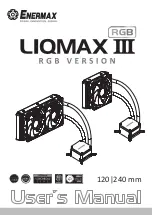
Application Note
R01AN6060EU0100 Rev.1.00
Page 1 of 44
Sep.14.21
Renesas RA Family
RA2 Quick Design Guide
Introduction
This document answers common questions and points out subtleties of the MCU that might be missed
unless the hardware manual was extensively reviewed. The document is not intended to be a replacement
for the hardware manual; it is intended to supplement the manual by highlighting some key items most
engineers will need to start their own design. It also discusses some design decisions from an application
point of view.
Target Device
RA2 MCU Series
Contents


































